Years active 2002-present Website www.faune.de | Genre Goth/industrial | |
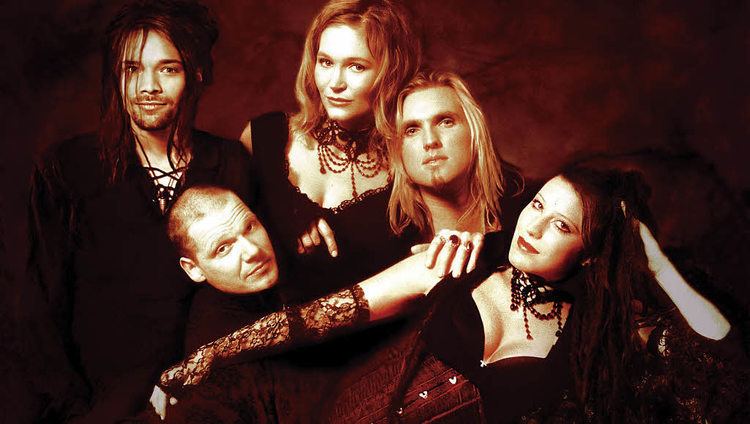 | ||
Genres Pagan folkDarkwaveNeo-Medieval musicFolk rock (recent) Labels Banshee, Noir Records, Polydor Past members Elisabeth PawelkeBirgit MuggenthalerSandra ElfleinMargareta Aibl ("Rairda")Katja Moslehner Members Fiona Rüggeberg, Oliver Pade, Katja Moslehner Albums Similar Schandmaul, Subway to Sally, Corvus Corax (band) Profiles | ||
FAUN - Federkleid (Offizielles Video)
Faun is a German band formed in 2002 who play pagan folk, darkwave and medieval music. The originality of their music style is that they fall back to "old" instruments, and the singing is always the center of attention. The vocals are performed in a variety of languages, including German, Latin, Greek, and Scandinavian languages. Their instruments include Celtic harp, Swedish nyckelharpa, hurdy-gurdy, bagpipes, cittern, flutes and many others.
Contents
- FAUN Federkleid Offizielles Video
- History
- Members
- Former members
- Music
- Lyrics
- Meaning of the name
- Studio albums
- Live albums
- DVD
- Songs
- References

History

The band was founded in 1998 by Oliver "Satyr" Pade, Elisabeth Pawelke, Fiona Rüggeberg and Birgit Muggenthaler. Two years later, Rüdiger Maul got into the band as percussionist. At the same time, Birgit left the band, to continue her musical life with the folk-rock band Schandmaul. In 2002, they released their first album Zaubersprüche. Niel Mitra was a guest musician on this album, and he later became a full-time member of the band, the only one playing only electronic instruments.
In 2003 the band released their second album, Licht, and performed at several festivals in support of this music.
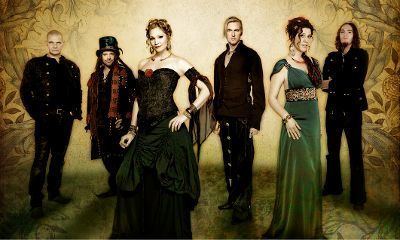
Elisabeth Pawelke left Faun in 2008 to focus on her studies in classical song in Basel, Switzerland. She was succeeded by Sandra Elflein who left Faun in April 2010 due to a pregnancy and health issues. Singer and multi-instrumentalist Rairda replaced her but left the band in 2012. She was succeeded by Katja Moslehner.
In 2013 the band toured Europe, including Berlin.
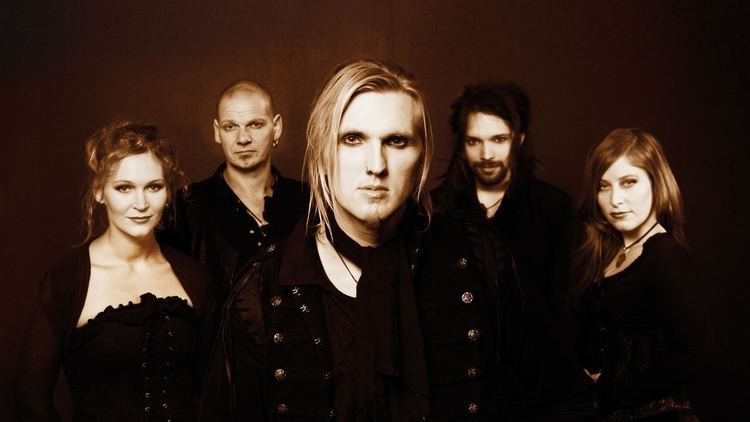
Also in 2013 the band published their seventh studio album Von den Elben which became the first Faun album to reach top ten positions in the album charts of Germany, Austria, and Switzerland, and was also their first album to chart in the latter two countries. It was nominated for the ECHO award in the categories 'National Rock/Pop Group' and 'National Newcomer of the Year'.
Members
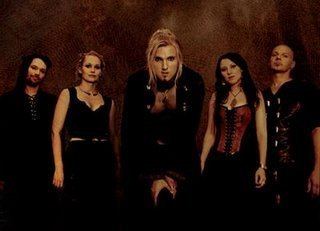
Former members
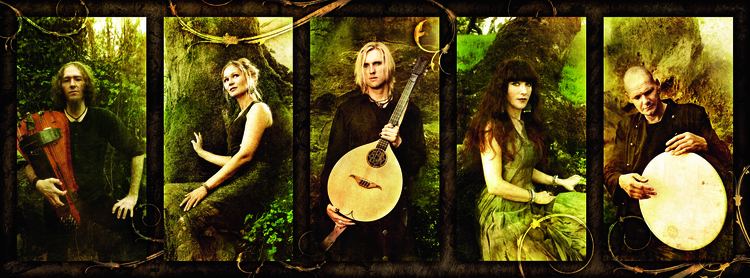
Music
To express their own bond with nature the band coined the term "Pagan Folk" for one style of their concerts. While the term was initially used for electronically amplified concerts only, it is now used by fans and band for their music itself. A quote by Oliver Pade reveals another possibility for having chosen this specific term: "We don't know ourselves what kind of music we play, so we call it paganfolk" (Oliver Pade 2004 in a song announcement at the 2004 Summer Darkness in Utrecht, Netherlands).
Faun's repertoire ranges from melancholic ballads to exuberant dances like the Brittanic An Dro. Thereby they set historical tunes from various periods and regions to music and on the other hand create a lot of their own compositions as well.
Faun combines ancient Perso-Arab melodies with the Swedish nyckelharpa and Middle High German lyrics. Equally distinguishing are Pawelke's and Rüggeberg's singing, mostly in two voices and, on newer recordings, the driving beat by Niel Mietra.
The debut album Zaubersprüche deals mainly with slow ballads from the era between the Late Middle Ages and Romanticism. The instrumentation is kept entirely acoustic and waives modern instruments and electronic beats. The second album features far less ballads but offers considerably more danceable tunes like Andro, Unda or the double song Deva/Punagra.
Faun is a prime example of Mittelalter music, a German musical style mixing medieval folk and folk metal.
Lyrics
The lyrics originate from very different languages, Standard German, Middle High German, Old Icelandic, Low German, Old Norse, Latin, Hungarian, Finnish, and Ladino among them. Among lyrics of their own, the group uses or writes lyrics inspired by classical texts such as the Carmina Burana ("Satyros", "Renaissance"), the Cantigas de Santa Maria ("Da que Deus", "Renaissance"), Jenaer Liederhandschrift from Vitslav III, Prince of Rügen ("Loibere Risen", "Renaissance"), Egils Saga ("Licht"), the Poetic Edda ("Sigurdlied", "Buch der Balladen"), Heinrich von Morungen ("Von den Elben", "Licht"), the ballad King Henry, as well as from romantic and modern authors such as John Keats ("Der Wilde Wasermann", "Buch der Balladen"), Baron Munchausen ("2 Falken", "Totem" and "Jahrtausendalt", "Buch der Balladen"), José Melchor Gomis ("Tinta", "Totem"), Joseph Freiherr von Eichendorff ("Der stille Grund", "Totem"), Felicitas Kukuck ("Tanz über die Brücke", Buch der Balladen") and others.
Meaning of the name
The name Faun comes from ancient Greek-Roman mythology, where it equals the herders' deity Faunus or Pan. According to the band, this figure which is often also depicted as a natural or forestal spirit, shall express the members' connection with nature. For the same reason Oliver Pade's pseudonym is the Satyr, who is closely related to Faunus.
Studio albums
The band feature as guest musicians on several tracks of the 2009 Mediæval Bæbes album Illumination.
Live albums
DVD
Songs
Federkleid2016
Tanz mit mirVon den Elben · 2013
UndaLicht · 2003
